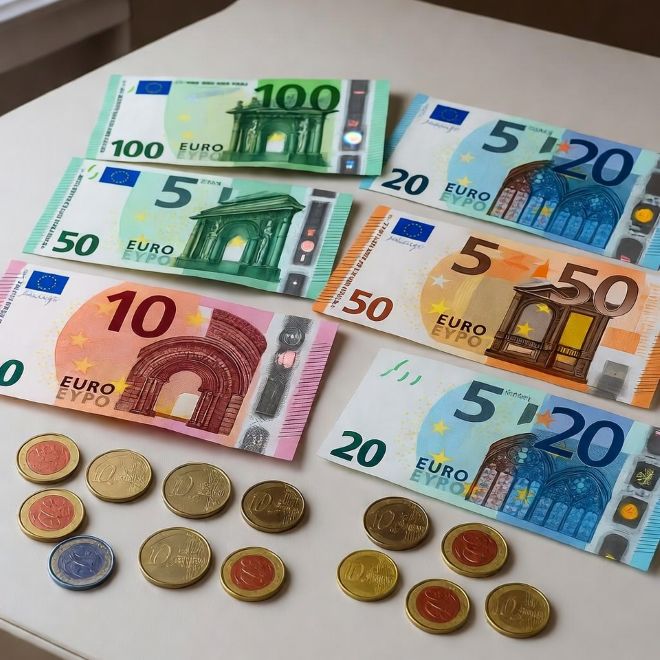 Coins and banknotes remain under tight watch across the euro area. The European Central Bank keeps monthly data on euro banknotes and coins in circulation. Even though digital payments are growing fast, physical cash still matters. As the European Central Bank notes, the evolution of currency continues to be shaped by both technology and shifting economic conditions.
Coins and banknotes remain under tight watch across the euro area. The European Central Bank keeps monthly data on euro banknotes and coins in circulation. Even though digital payments are growing fast, physical cash still matters. As the European Central Bank notes, the evolution of currency continues to be shaped by both technology and shifting economic conditions.
Tracking Currency in Circulation
The ECB records both the number and value of banknotes in circulation. It monitors “net circulation,” which equals what has been issued minus what has been returned. This data is updated monthly and includes breakdowns by denomination and country. The ECB Data Portal
gives insight into how much physical money remains in use across Europe.
It also tracks coins in active use. Coins may seem old-fashioned, yet the ECB treats them as an integral part of the cash system. Coins in circulation are measured using the same “net circulation” principles. This ensures transparency about how much physical currency remains available to the public.
Why Physical Cash Still Matters
Cash plays a critical role even in a tech-driven economy. People continue to use coins and banknotes for small payments or where digital systems are unavailable. It also serves as a backup during network outages or when privacy is preferred.
Cash is also a store of value. Many euro banknotes circulate outside the euro area or are held as reserves or savings by individuals and institutions. Studies from the Bank of Spain show that physical cash continues to serve both domestic and international needs.
Central banks manage the integrity of cash. Damaged or counterfeit notes are removed from circulation to maintain trust. This process helps prevent fraud and ensures only high-quality currency remains in public use.
Trends and Challenges Ahead
Cash demand has grown steadily over the years. Reports from the Banque de France show that the total value of euro banknotes has risen faster than GDP in some years, signaling strong demand for tangible money.
At the same time, digital money is advancing. One major development is the proposed digital euro, designed to complement rather than replace physical cash. This reflects the European commitment to maintain flexibility between traditional and digital forms of currency.
Central banks face crucial choices. They must balance the costs of producing and distributing cash with public demand and ongoing digital transformation efforts. The future will likely blend physical and digital systems into one adaptable framework.
Implications for Our Financial Ecosystem
- Transparency increases trust. Publishing clear data on cash circulation reassures citizens that their money is still secure and accounted for.
- Cash keeps resilience alive. During power outages or cyber incidents, coins and banknotes remain reliable and accessible.
- Policy must evolve. Regulators need to ensure that as digital systems grow, physical cash remains available and supported for those who rely on it.
Physical money continues to define how we understand value, trust, and exchange. Even as digital payments expand, coins and banknotes remain a visible, touchable reminder of stability in an increasingly digital economy. As coins-and-banknotes highlights, understanding the value, circulation, and future of physical money keeps us connected to the real foundations of finance.



